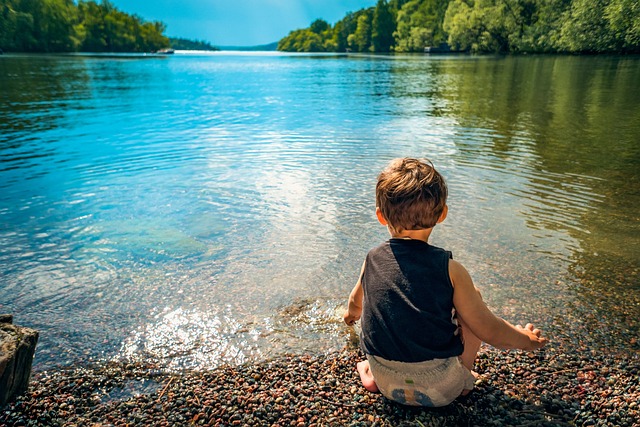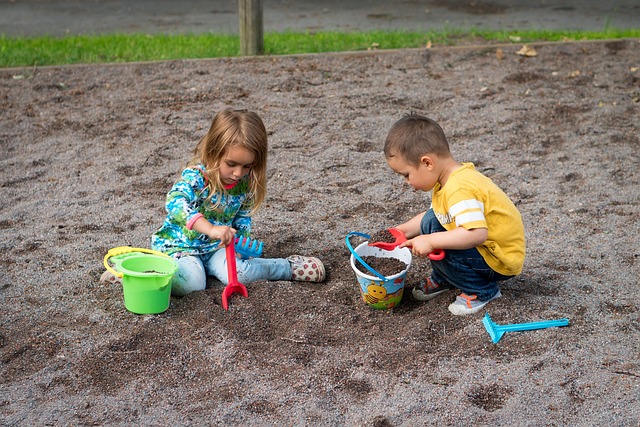Designing family-friendly sports centers with interactive exhibits, sensory play areas and themed zones, modeled after children's museums, stimulates creativity, problem-solving and physical activity in kids. These multi-sensory experiences cater to diverse learning styles, promoting holistic development while providing fun for all. Children's museums offer engaging educational programs that teach physical activity, health, nutrition and mental wellness, fostering social interaction and strengthening family bonds through shared experiences.
Family-friendly sports and recreation centers are transforming into dynamic hubs, offering more than just traditional play. These centers, often housed in children’s museums, prioritize engaging spaces that spark curiosity and inspire young minds through interactive exhibits. Beyond entertainment, they host educational programs fostering learning, creativity, and physical development. Such facilities also serve as community gathering places, promoting family bonding and creating lasting memories.
- Designing Spaces That Engage and Inspire Young Minds
- Interactive Exhibits: Fueling Curiosity and Physical Play
- Educational Programs: Beyond Just Fun and Games
- Creating Community: Family Bonding Through Recreation
Designing Spaces That Engage and Inspire Young Minds
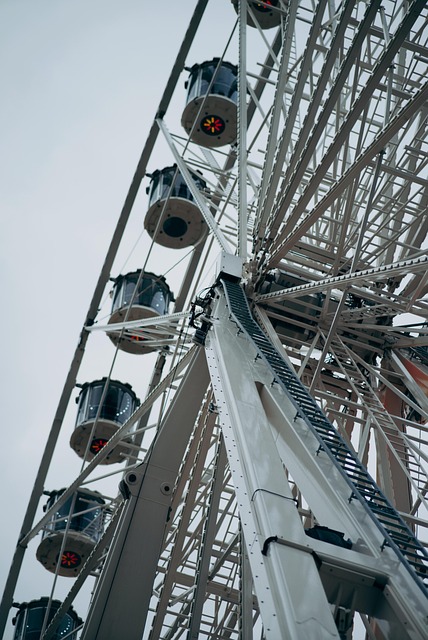
Designing spaces that engage and inspire young minds is a cornerstone of creating family-friendly sports and recreation centers. Think beyond traditional gym floors and locker rooms; incorporate interactive exhibits, sensory play areas, and themed activity zones that spark curiosity and encourage active learning. Much like children’s museums, these multi-sensory experiences can foster creativity, problem-solving skills, and a love for physical activity from an early age.
By weaving educational elements into the fabric of recreation centers, designers can cultivate environments that cater to diverse learning styles and interests. From climbing walls with topological challenges to interactive art installations promoting balance and coordination, each feature contributes to a holistic development experience. This approach not only ensures that kids have fun but also equips them with valuable motor skills, social cues, and an appreciation for the importance of physical fitness.
Interactive Exhibits: Fueling Curiosity and Physical Play
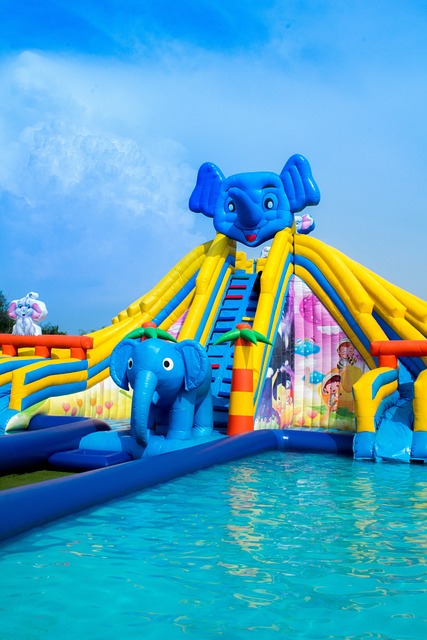
Interactive exhibits are a key component of family-friendly sports and recreation centers, offering more than just entertainment; they fuel children’s curiosity and promote physical play. These exhibits often mimic real-world scenarios, encouraging kids to explore, experiment, and learn through active engagement. For instance, a miniature cityscape with interactive buildings can teach basic engineering concepts while promoting gross motor skills. Similarly, science-themed displays with hands-on experiments foster an early interest in STEM fields.
Children’s museums, known for their interactive nature, serve as excellent models for these recreational centers. By incorporating similar elements, such as art stations where kids can create masterpieces, or sensory areas that stimulate their senses, these facilities cater to diverse learning styles and ages. Interactive exhibits not only make recreation more enjoyable but also contribute to the cognitive, physical, and social development of children, ensuring a well-rounded experience for the whole family.
Educational Programs: Beyond Just Fun and Games

Many family-friendly sports and recreation centers go beyond providing a fun and engaging environment for kids, incorporating educational elements that make their visit both enjoyable and enriching. These facilities often host programs designed to teach children about various aspects of physical activity and health in an interactive manner. From basic movement skills to more complex concepts like nutrition and mental wellness, these initiatives cater to diverse learning styles and ages.
One notable example is the integration of children’s museums within these centers, offering hands-on exhibits that transform learning into play. Such programs not only foster physical development but also spark curiosity about science, art, and culture. By combining education and entertainment, these recreation centers create a well-rounded experience that contributes to children’s overall growth and sets them up for a lifetime of healthy habits.
Creating Community: Family Bonding Through Recreation
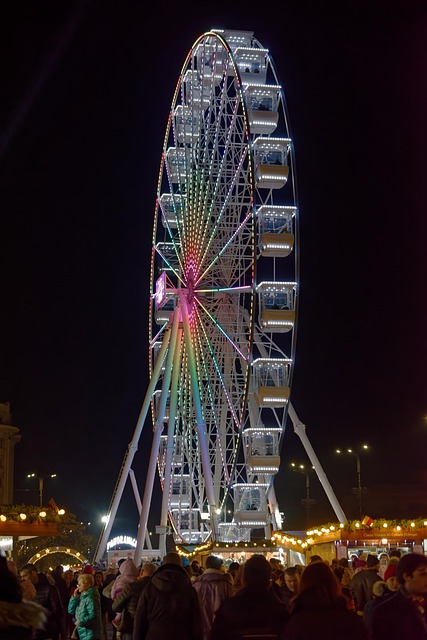
Family-friendly sports and recreation centers play a vital role in fostering community bonds and strengthening family relationships. These spaces offer more than just physical activities; they serve as hubs for social interaction, where families can connect, bond, and create lasting memories. Engaging in recreational pursuits together encourages quality time and fosters a sense of togetherness that might be lacking in today’s fast-paced world.
Children’s museums, for instance, provide an interactive learning environment tailored to the whole family. These museums offer hands-on exhibits that spark curiosity, encourage exploration, and promote bonding as parents guide their children through these educational play areas. Such experiences not only entertain but also teach valuable lessons, enhance cognitive development, and create opportunities for meaningful conversations, strengthening the familial tapestry.
